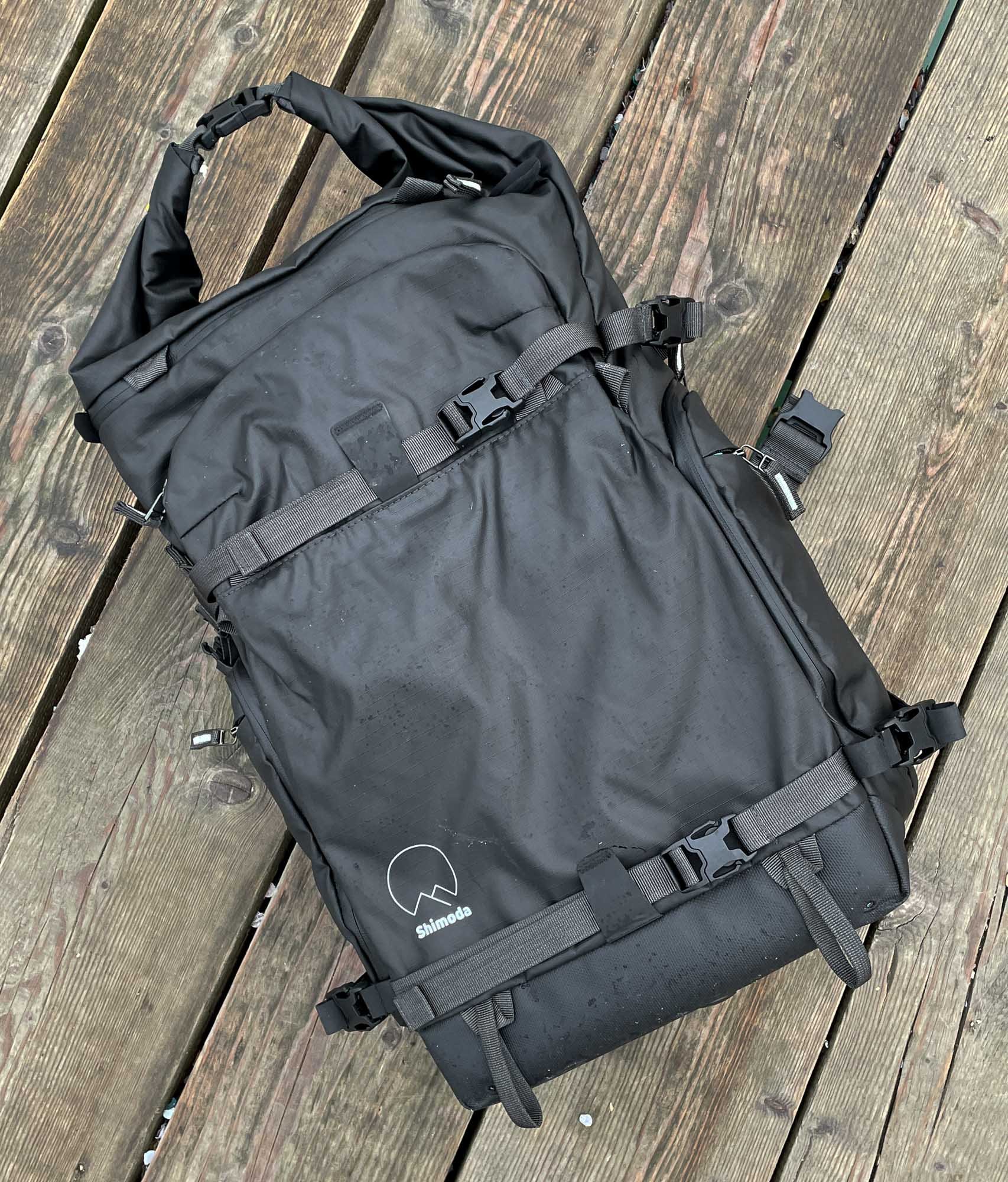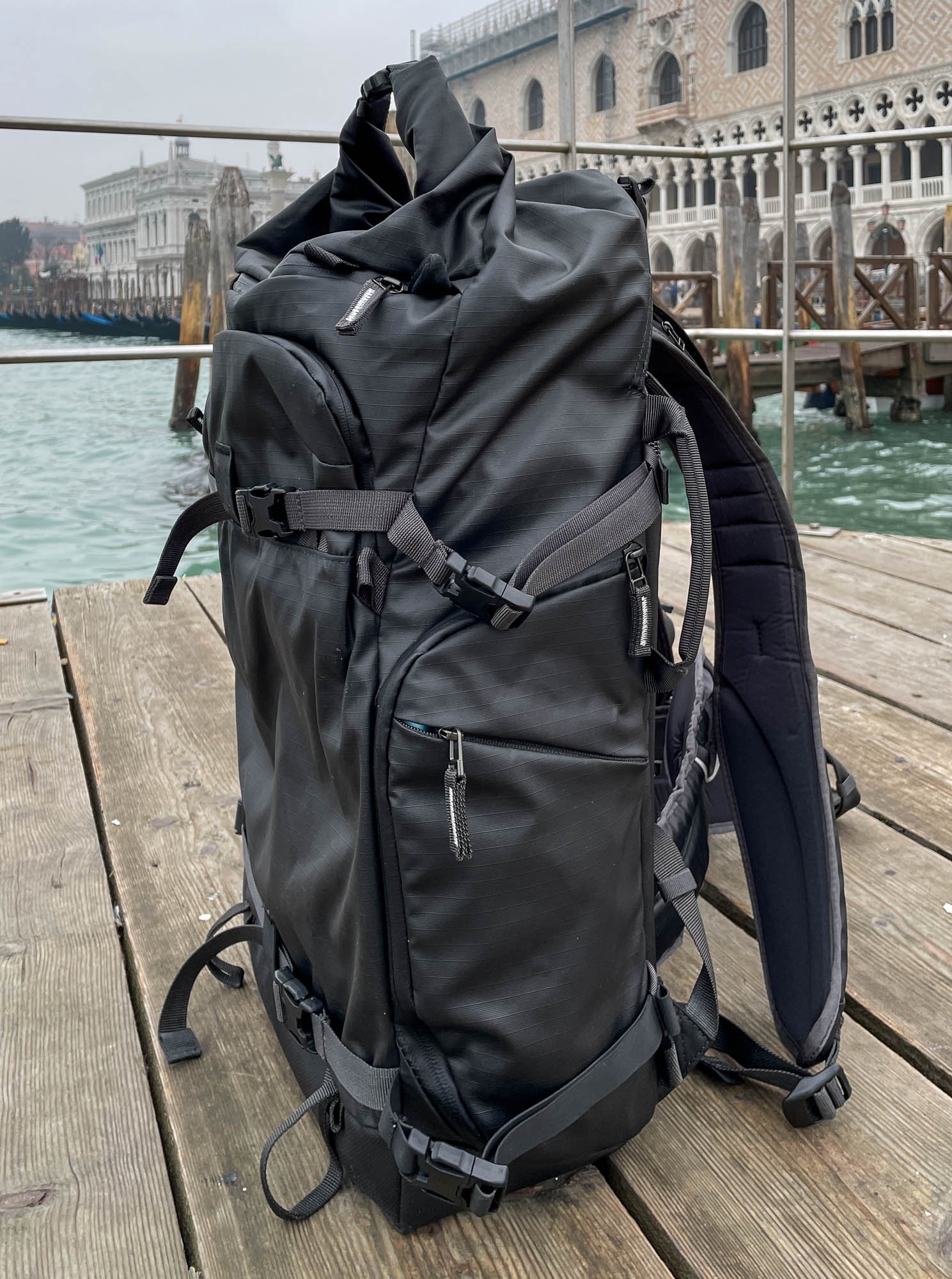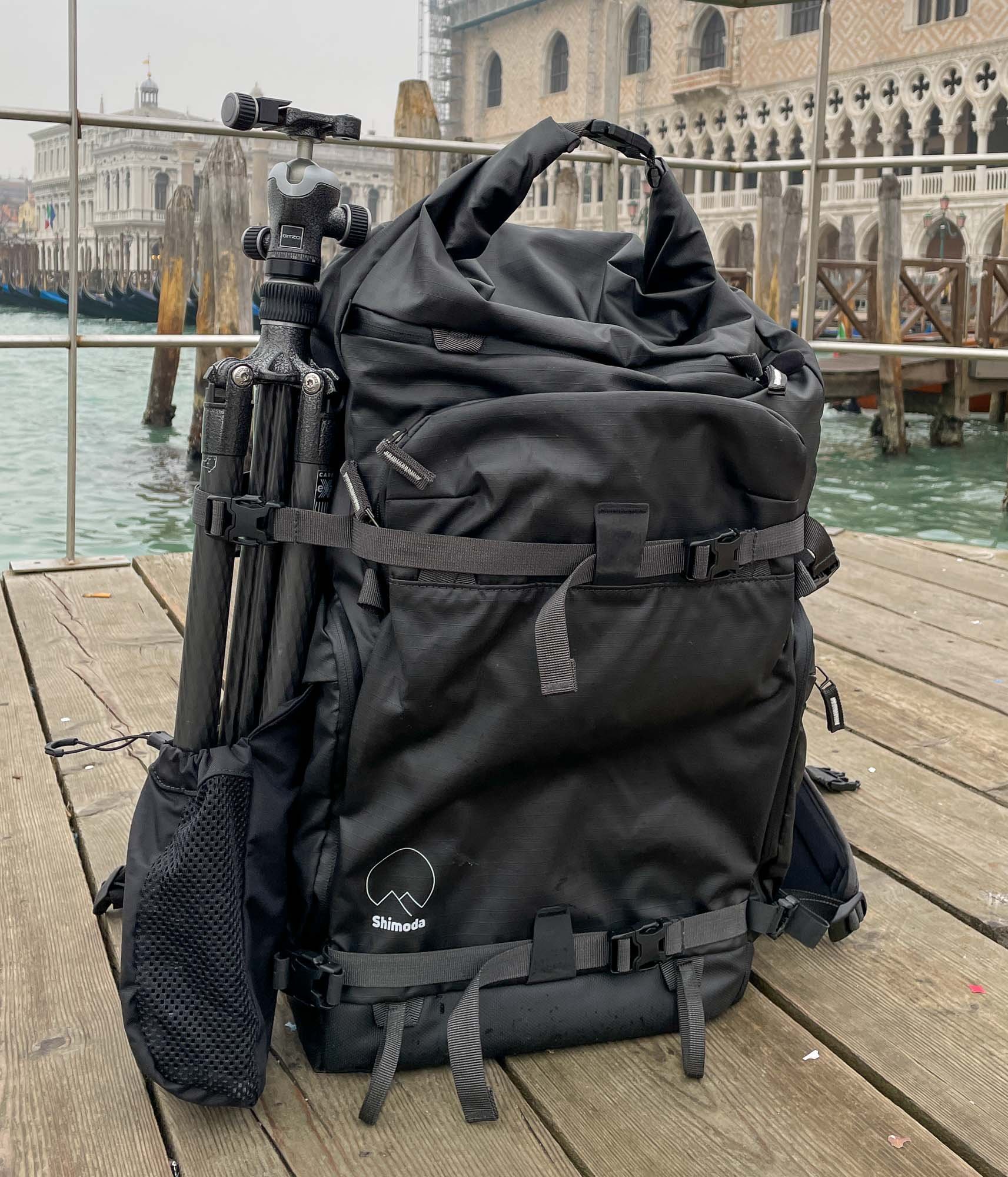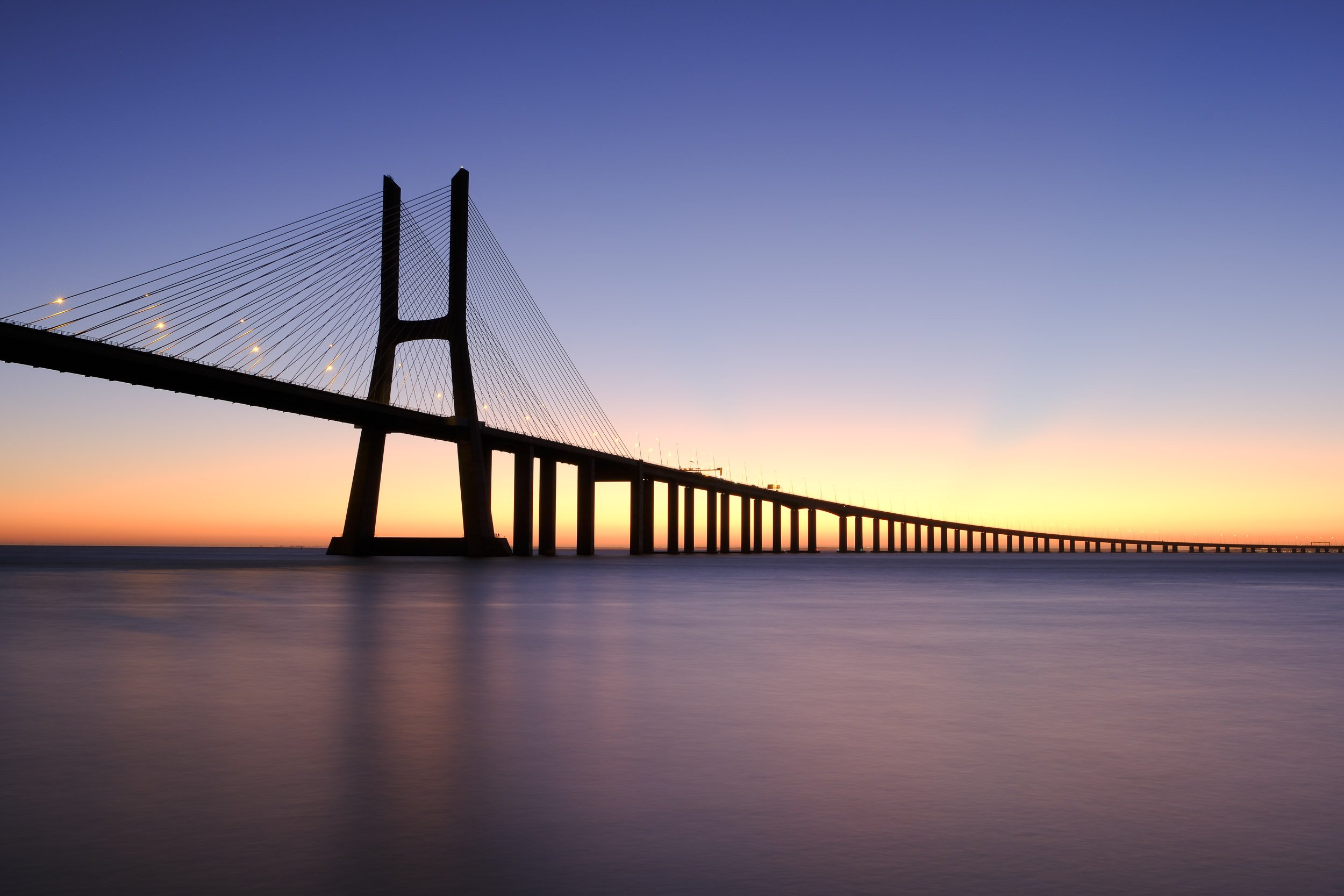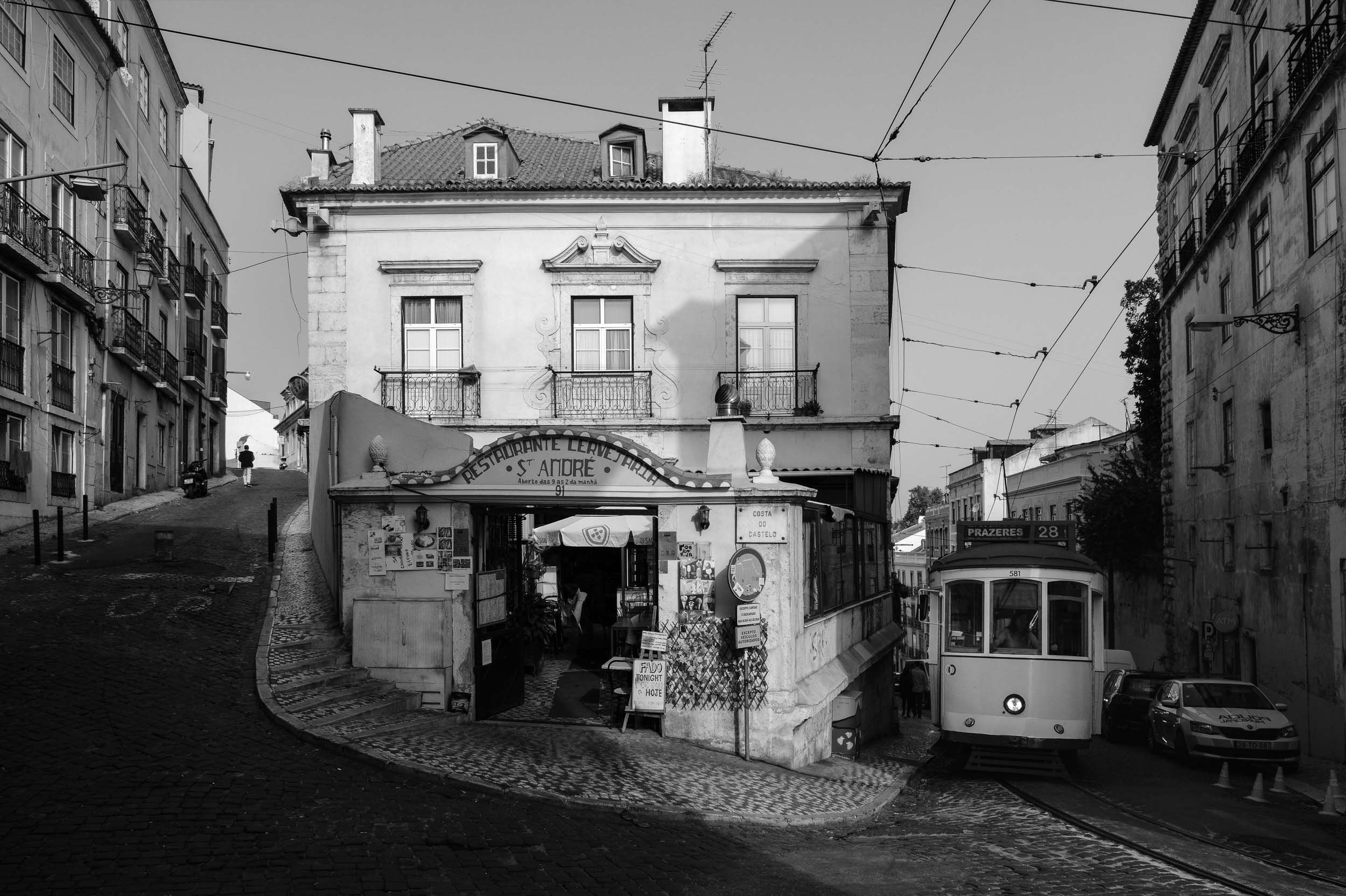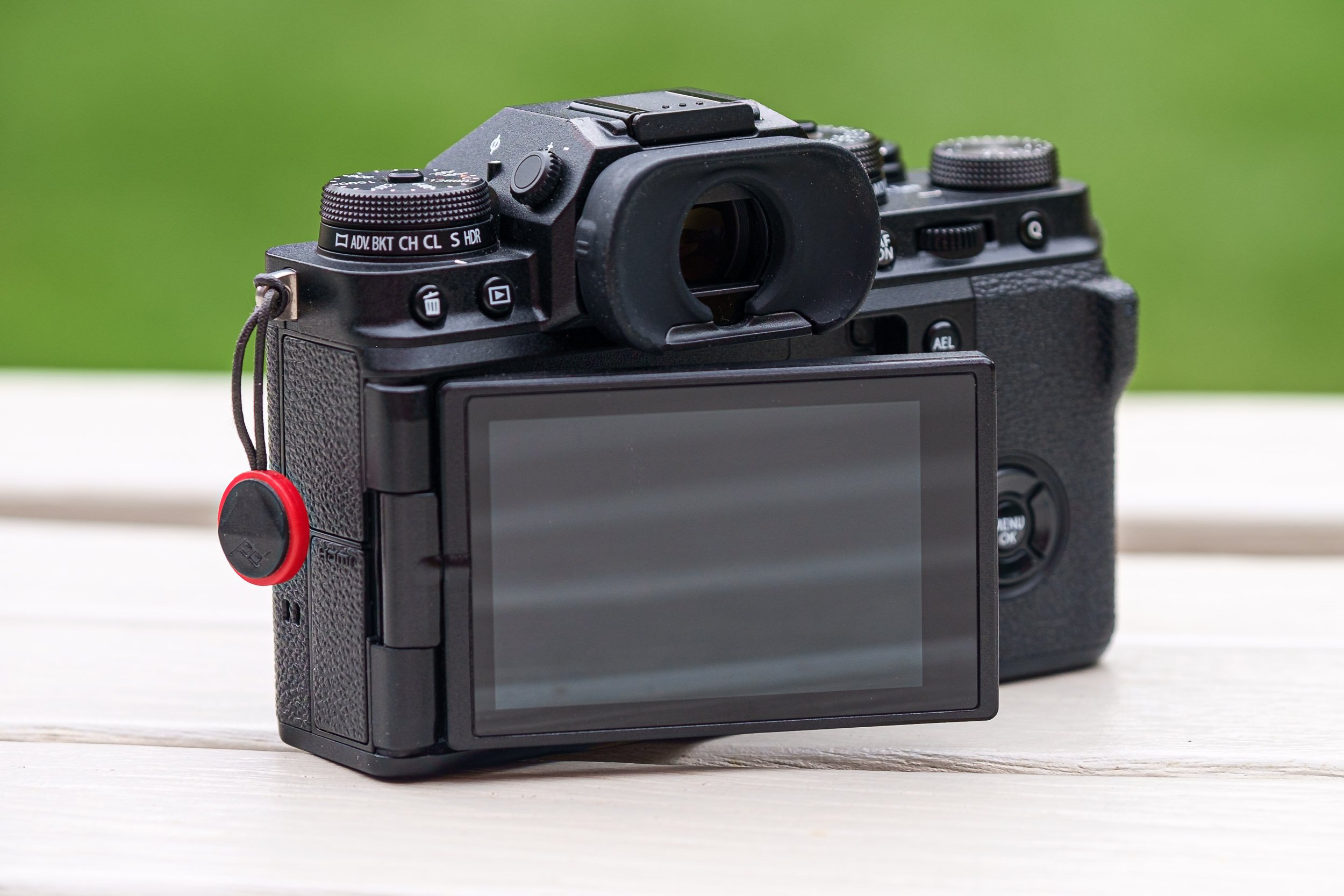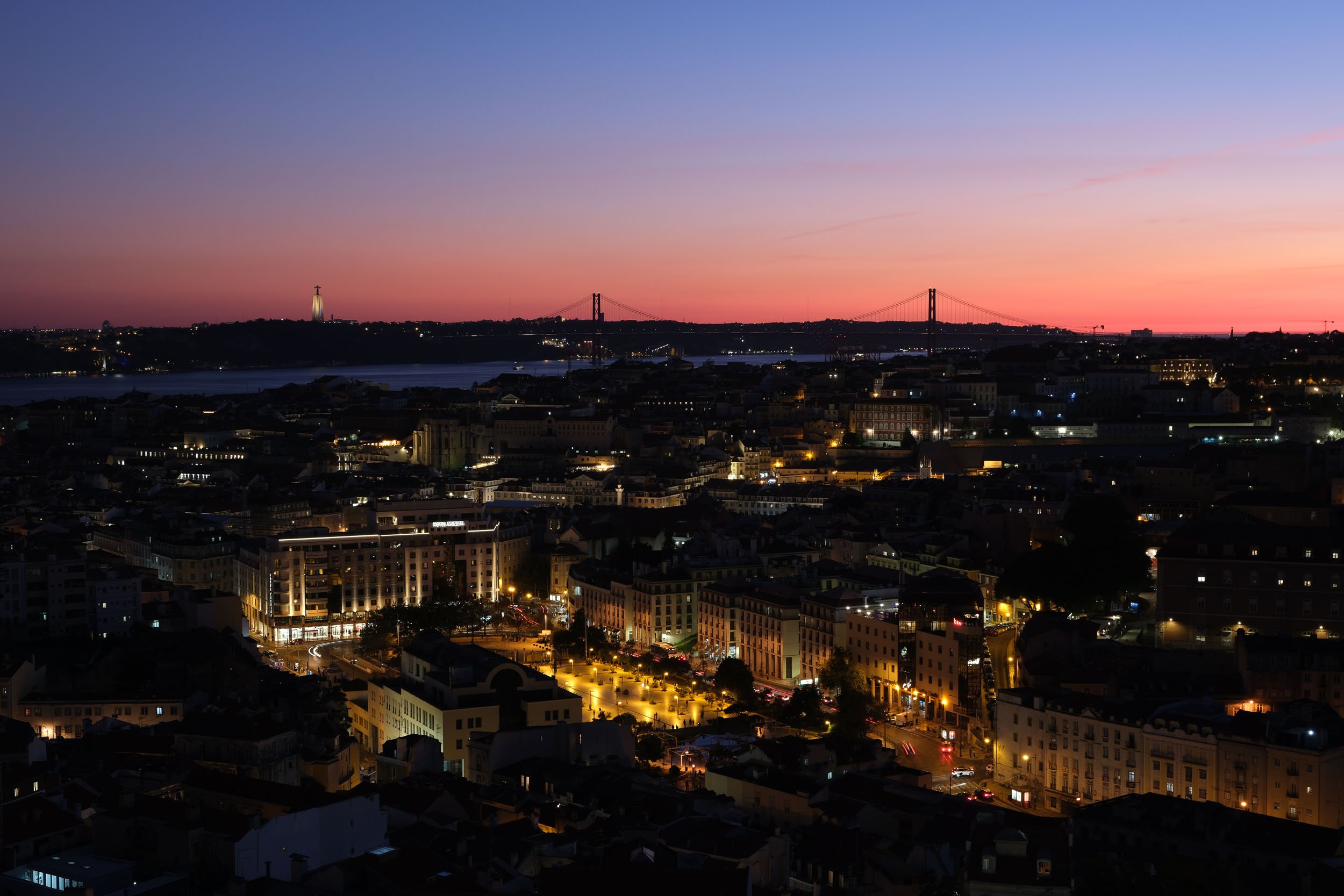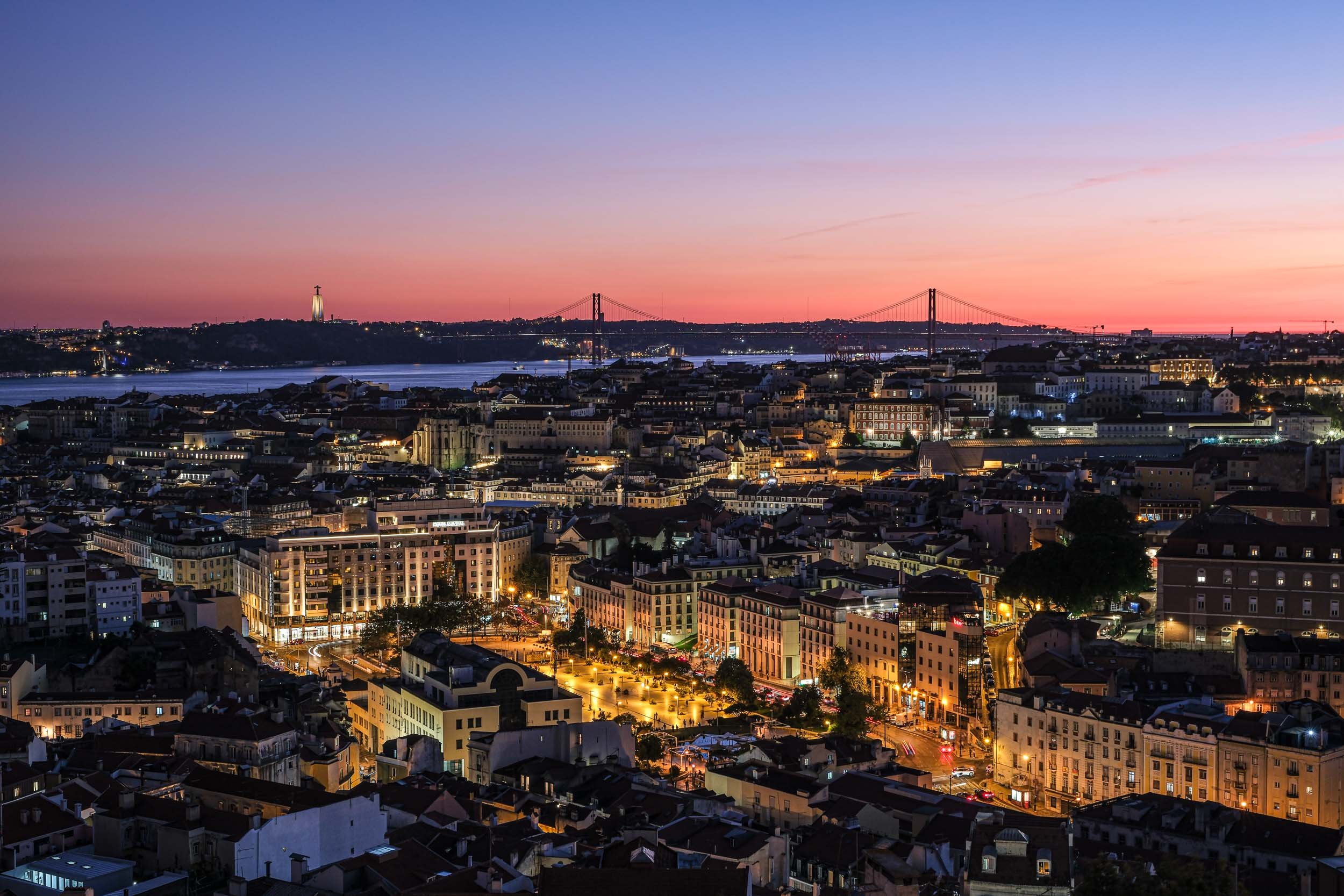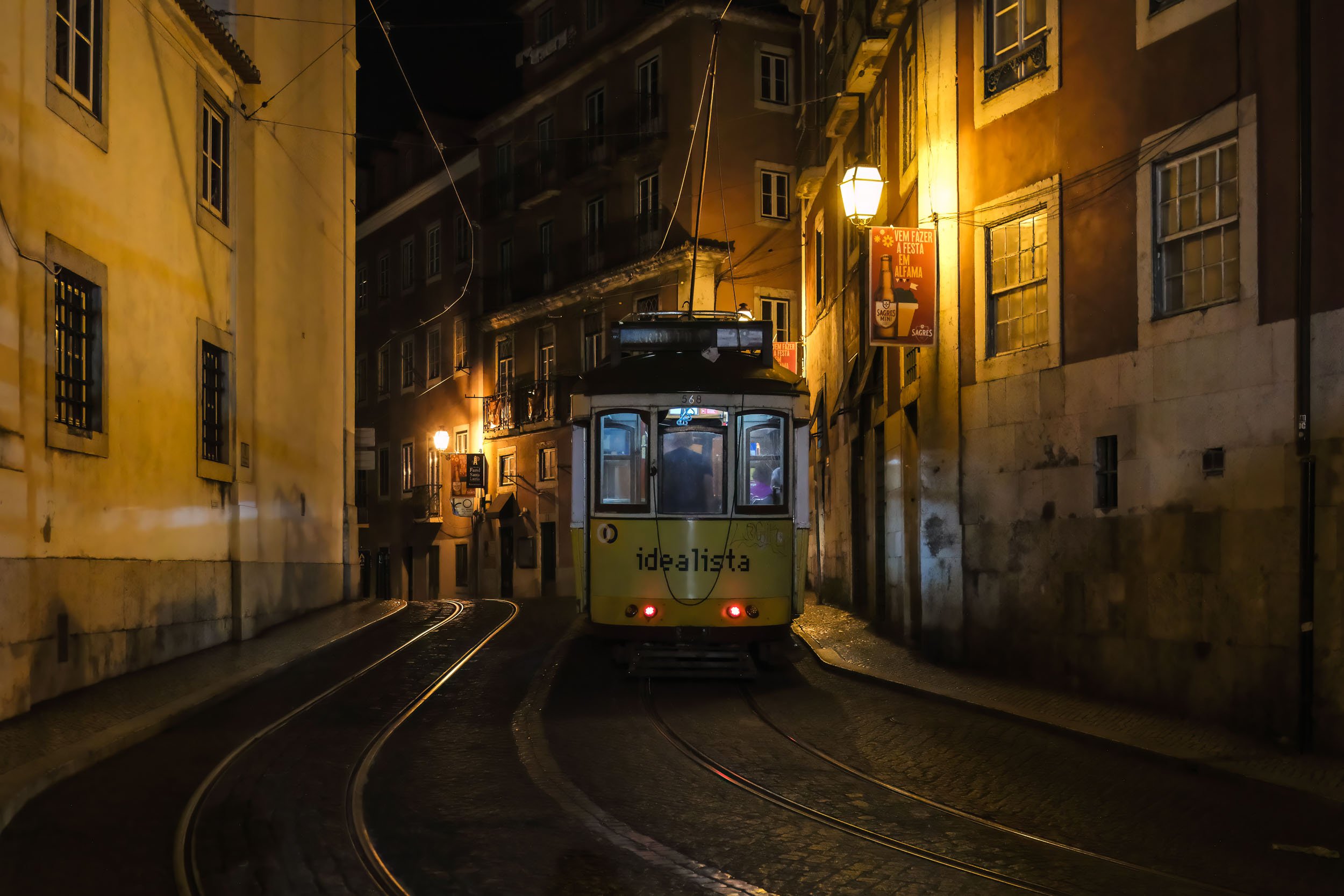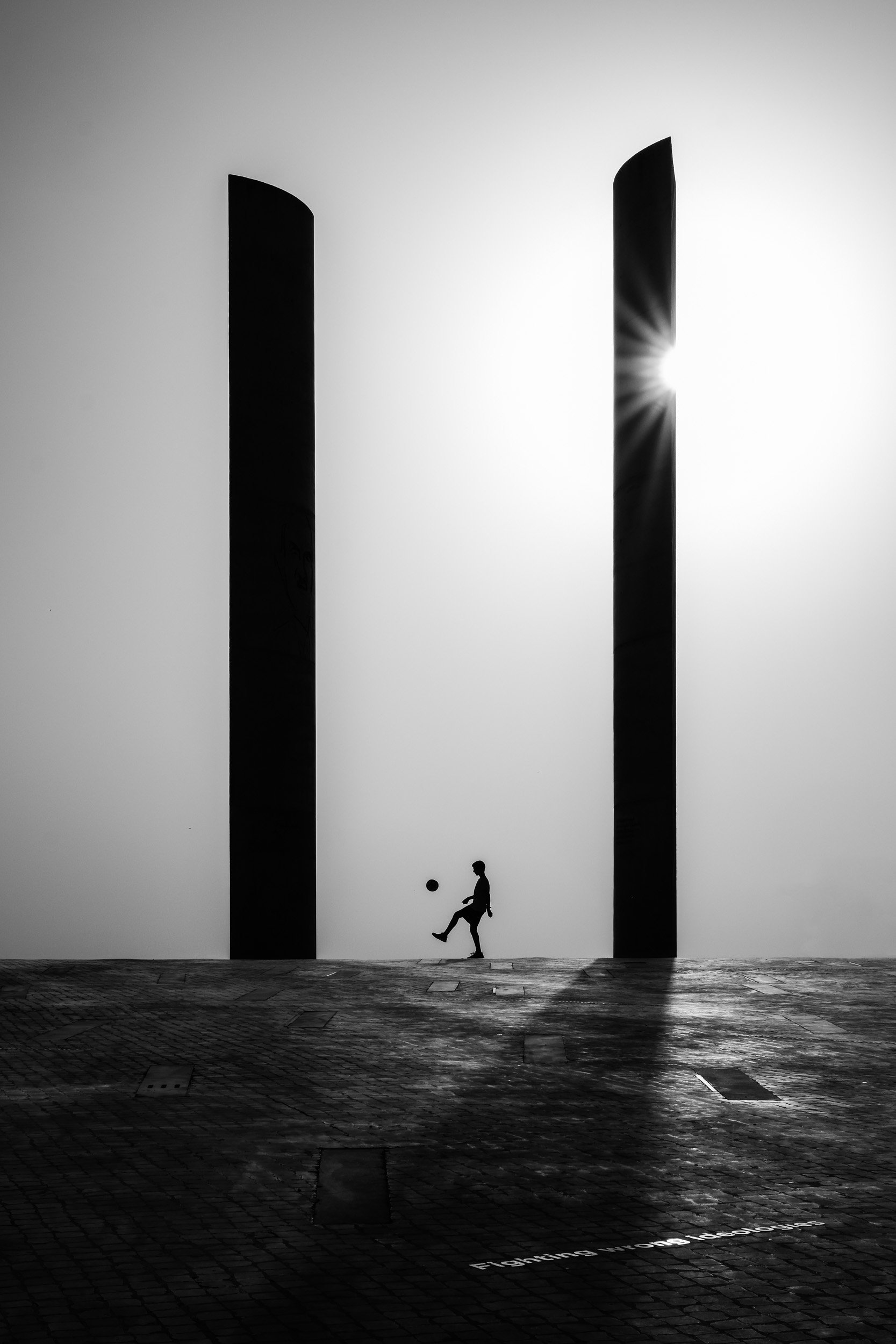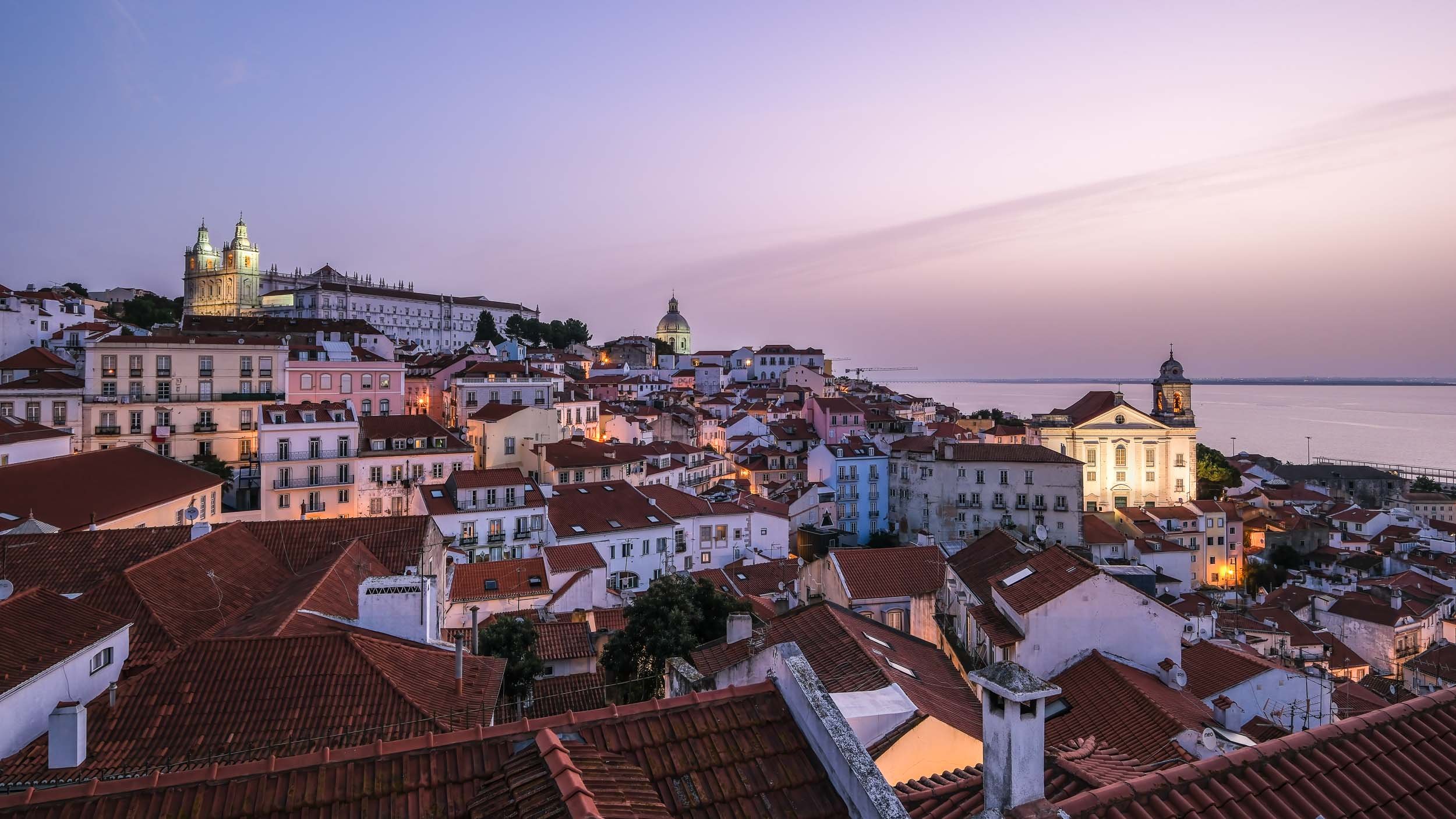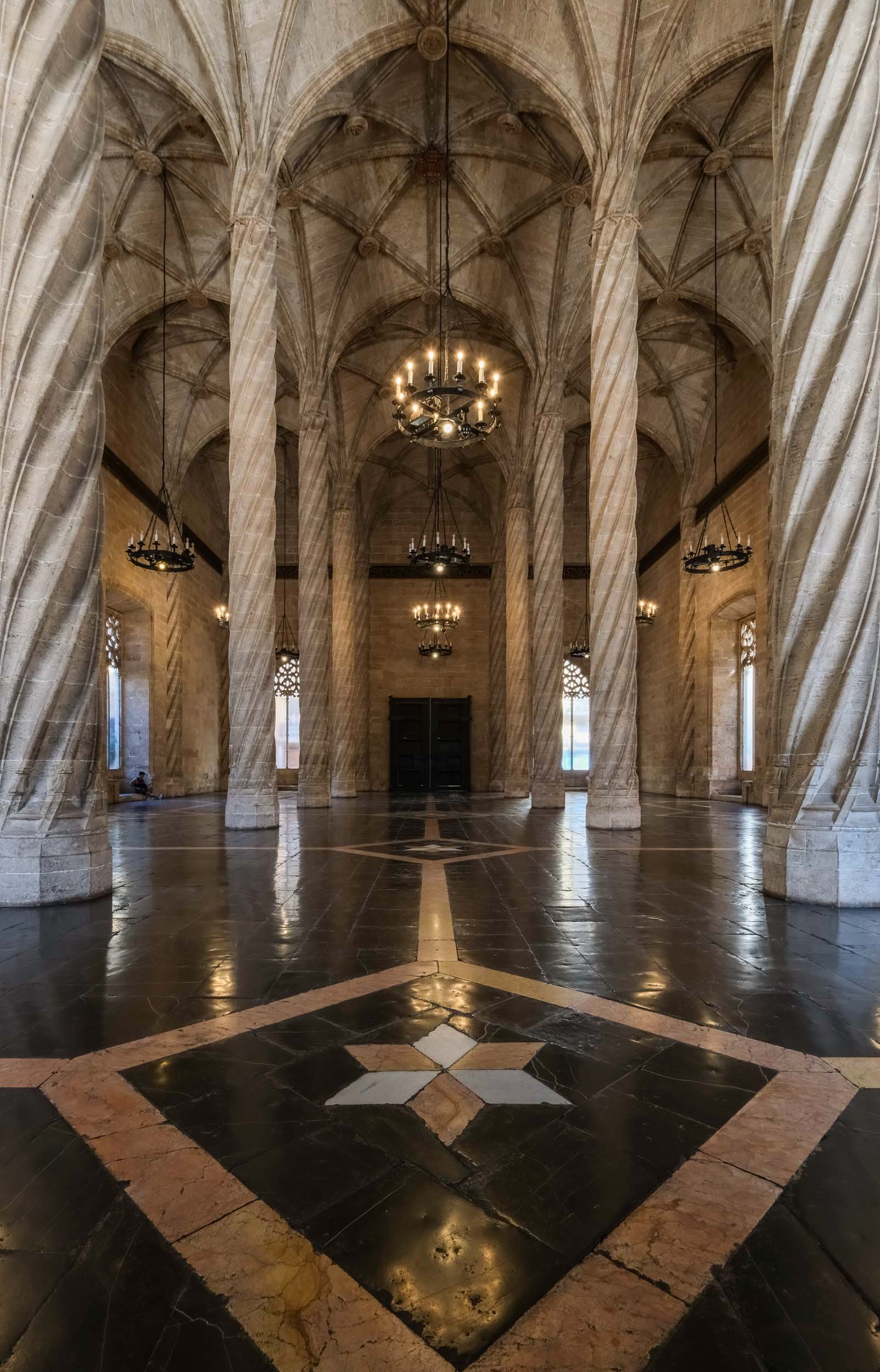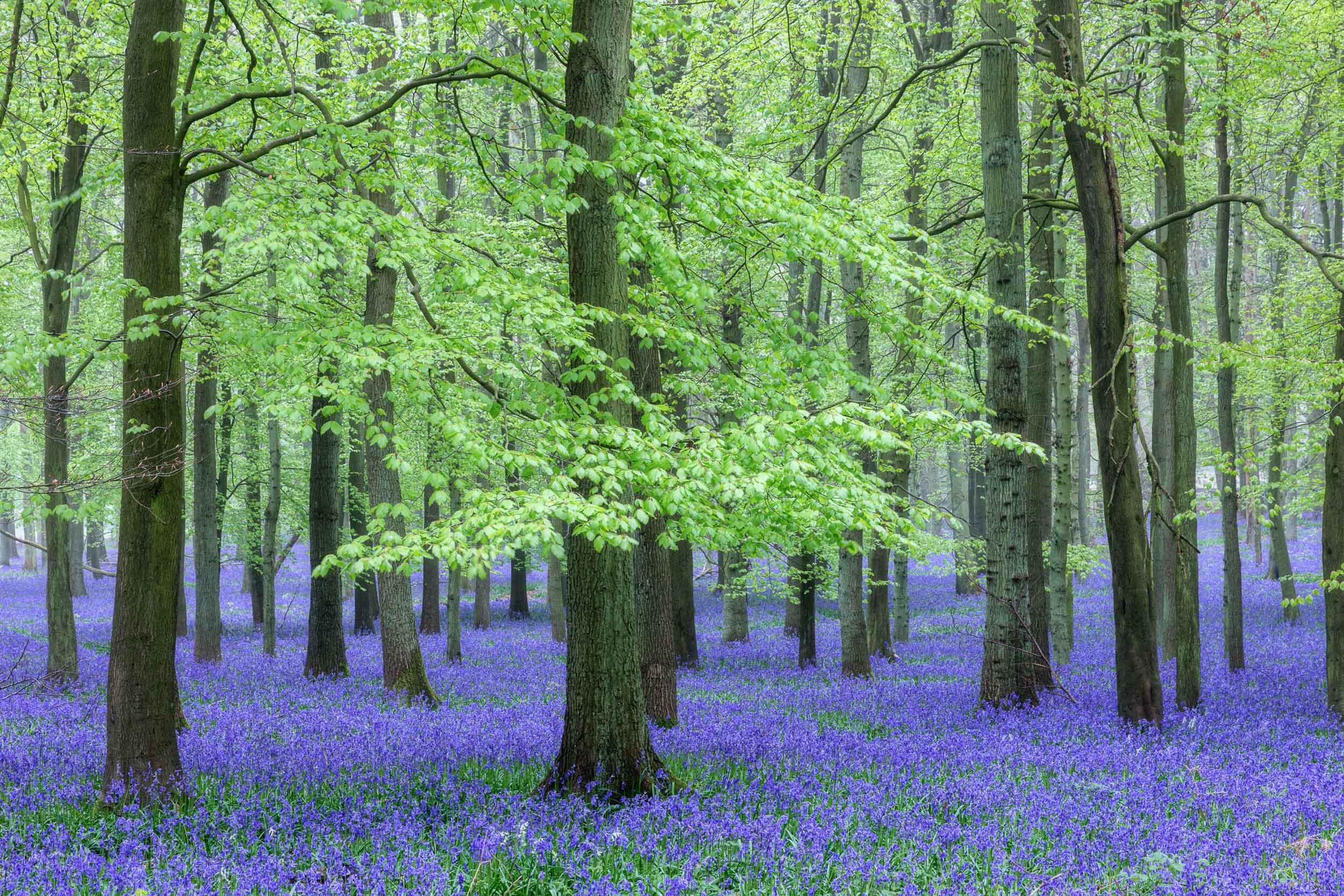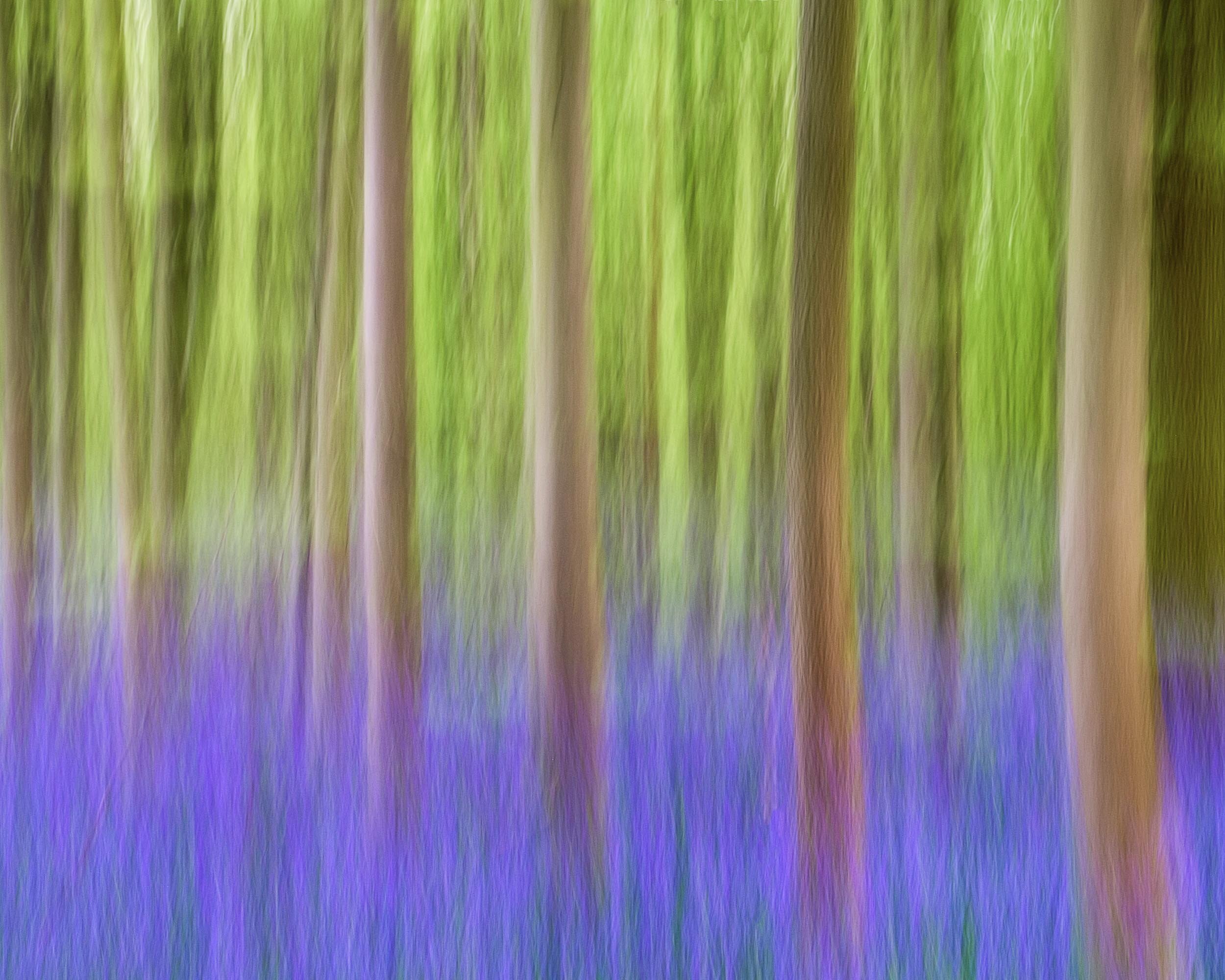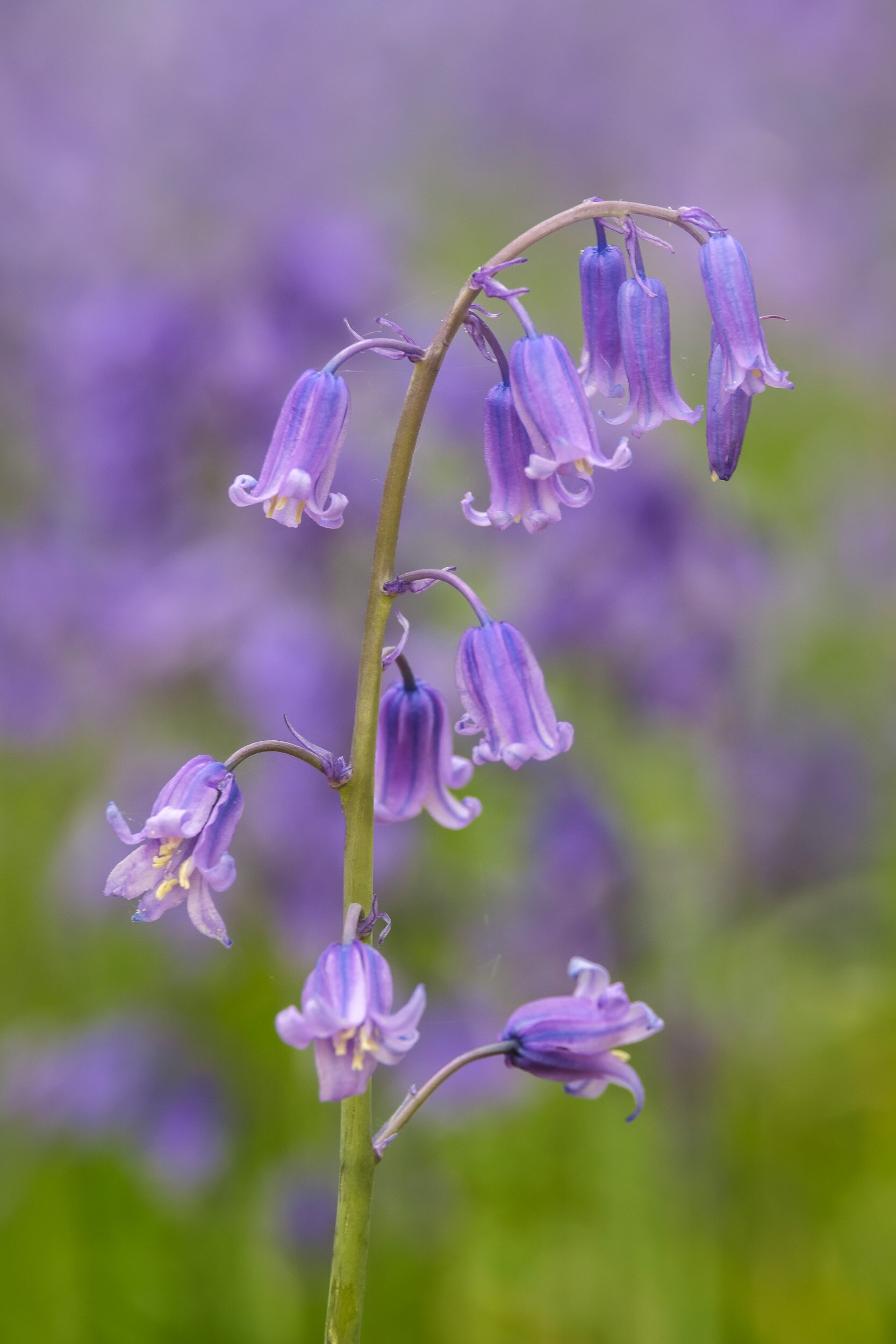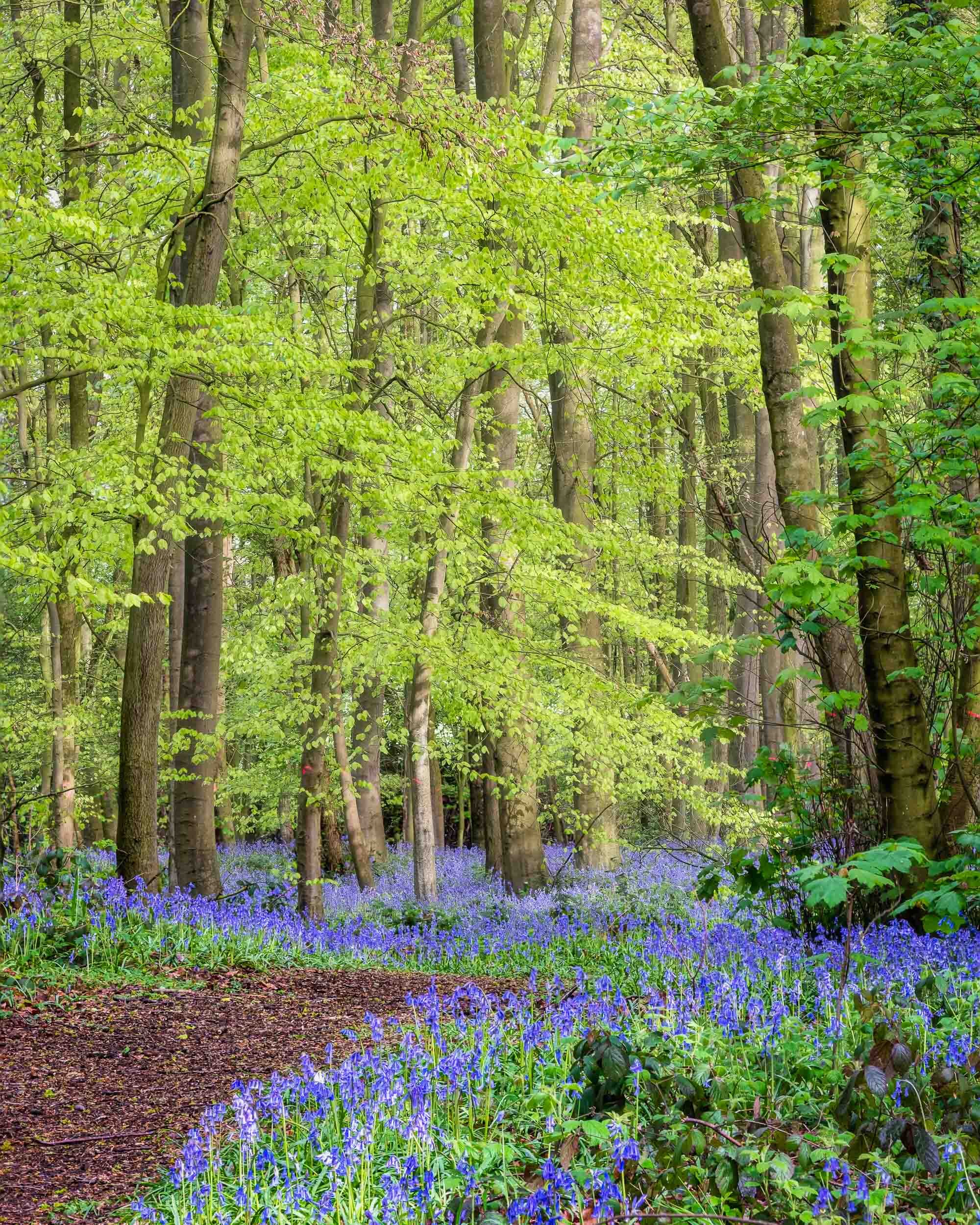A little background ..
The search for the ideal camera bag can be likened to the search for the holy grail. The truth is that many of us will have a stash of bags each of which was purchased in good faith but either our requirements change or, in use, they fall short of our expectations or the marketing hype.
This is certainly true for me and I shudder to think how many bags I’ve had over the years. Though of course this does mean that I feel qualified to give an objective view on bags. Brands I have owned include Lowe-Pro, Tenba, Mindshift, Wandrd and Shimoda across a dozen or so models.
When selecting any photographic equipment the starting point for me is to consider exactly what my requirements are. There are so many choices it’s easy to be diverted down a rabbit hole or two!
As a landscape and travel photographer my three main criteria are that a bag should be able to hold the gear for the trip, be able to hold extras like waterproofs, insulation, hat, gloves, food and drink. Plus comply with airline carry on regulations and, ideally, have a slim profile. That’s not an easy ask with bags at one end of the spectrum being great for holding gear, but limited space for those vital extras, whilst at the other you have a great backpack that will hold plenty, though not necessarily designed to carry camera equipment or offer easy access. Thankfully bag design has improved over the years to better accommodate my needs.
After that there are a host of other important requirements to throw into the mix such as comfort, durability, quality materials, easy rear opening, pockets to carry the plethora of accessories and documents, the ability to hold a water bottle and tripod and to withstand the elements. Of course price is always a consideration though I’m happy to pay a premium providing that the product meets my needs and delivers.
I have some history with Shimoda as I have the original Explore 40 backpack which I have used for the past four years and been very impressed with the comfort and performance. However, there are one or two niggles such as only having one (huge) tripod pouch meaning a water bottle has to be stored inside the front zipped compartment. Whilst it’s a 40L capacity pack putting extra clothing etc in it results in a bulging pack which lacks style and looks like a big cube. However, the biggest issue for me is that it doesn’t comply with airline carry on regulations meaning I can’t use it for travel. The Explore range version 2 is now available with improvements to some, though not all of these issues.
I have recently been using a 31L roll top bag from another brand with a slim profile and versatile extra carrying capacity which is great for travel but again is not perfect and it isn’t the same quality as my original Shimoda Explore bag. So, when I had the opportunity to test and review the Action X30 I jumped at the chance and I haven’t been disappointed. Far from it in fact.
The Shimoda Action X30 v2
So what is the Shimoda Action X30 all about and how does it perform? Well, if you read the marketing blurb from Shimoda you need to be an all action super hero to use this bag. I quote “The Action X30 is designed for aggressive photographers looking for an efficient, fast access and compact backcountry camera bag. A lower-level TPU compression strap ensures greater durability when attaching skis, and its removable helmet strap lets users secure mountaineering, ski or bike helmets to the outside of their pack”. In reality it may well tick all those boxes but I can’t help but think they are also missing a trick in not targeting a wider audience of lesser mortals …. like me! I’m not an action sports photographer, I need a quality, functional bag for travel and landscape photography.
As the name implies, the Action X range is for anyone combining outdoor pursuits with photography and requiring the best possible protection for gear without excessive weight. They feature roll-top access, a compressible bag volume, and multiple attachment points for equipment up to ski size. There are three sizes, 70L, 50L and 30L available in two colours black and “army” green. They work on the concept of using a removable camera insert to suit your needs – the 30L is matched with the Medium Mirrorless unit. This smart, simple unit will accommodate most mirrorless and DSLR cameras. They are not overly padded either, though provide sufficient protection whilst optimising the amount of gear you can fit in the unit.
One of the most important factors is the fit and comfort of the pack, especially when carrying a fully loaded camera unit, accessories and tripod. I’ve always found Shimoda packs incredibly supportive and comfortable. The X30 offers 3 height options with approximately 10 cm of vertical adjustment. This means the same backpack can fit short or tall, male or female, torso heights, ensuring a custom fit for everyone. The contoured straps feature two easy-reach accessory pockets to carry most phones, water bottles or personal accessories. Female customers have the option of choosing a set of Women’s Straps to be included with their backpack order at no charge.
The bags conveniently stand up when placed on their base, great when travelling.
The Shimoda Action X30 backpack offers rear and side access options. The side opening is ideal for quick, under-the-arm access without completely removing the pack, and the rear opening allows wide, unobstructed access to the bulk of your gear for less time-sensitive shooting situations. Side access flap avoids the need to put the pack down to access the camera, useful when shooting on beaches or wet ground.One of my favourite features when I first used Shimoda was the fact that the bag not only opened at the rear, important for safety, but that the flap opened like a book cover rather than folding down vertically. This small change seemed to make it much easier to use. The chunky YKK zips also ran smoothly facilitating easy access. Rear-access also keeps the back of the bag (and your back) dry. Finally, its removable belt makes the Action X30 a stealthy and stylish partner in urban environments, particularly useful for travel.
One of the most important features for me is the expandability of the bag to accommodate extra clothing, food and other accessories. The roll top can expand with a volume range of up to 7 litres. The bag can be adjusted to your gear needs while maintaining a waterproof, tight and compact fit. So in essence I can fit everything that I used to fit into my Explorer 40 into the Action X30 but still retain that sleek fit, a very versatile and useful feature.
There are plenty of pockets on the Action X range. The large front panel pocket is ideal for numerous oversized items like a jacket, sleeping bag or tent or laptop in a padded case.
The material feels quality and the use of YKK splashguard zippers allow for easy opening and closing of the bag. A front panel webbing attachment system allows you to carry various photography and mountain tools on the exterior of the pack, such as tripods, skis, ice axes or a snowboard. Each strap features a glove-friendly YKK® side-release buckle.
I like to carry a tripod on the side of the pack and a water bottle or flask on the outside of the main bag. This was not possible on the Explorer 40 which had only one, but huge, pull out pocket. However, on the Action X30 there are pull out pockets on either side, much smaller than previously but still with the ability to carry a pro tripod and large water bottle. A much better solution.
There are times when I need to carry a laptop too and the Action X30 can now accommodate up to a 16” laptop in a sleeve on the inside of the rear flap where it’s well protected.
Finally, all Shimoda products come with a warranty against manufacturer's defects for a period of 5 years after purchase.
The Pro’s and Con’s
Here is a summary of the key pro’s and con’s from my perspective :
• Perfect size to carry camera gear & personal gear within airline carry on limits.
• Roll top flexibility increasing capacity from 30 to 37litres
• Slim profile, great for travel in crowded environments
• Quality, durable materials
• Rear, book style, opening
• Comfortable with adjustable, padded straps
• Removable waist belt
• Pack provides two external (smaller sized) pockets to carry a tripod and water bottle
• Camera Insert not too thick, optimising space available
• Laptop sleeve (up to 16”)
• Stands up
• Plenty of pockets and sub pockets in the bag. Items in top section can’t fall down into bottom section behind insert
• Excellent 5 year warranty
I do have one or two suggestions for improvements :
• There is no waterproof cover included. For how much a cover costs and with a premium priced bag it’s disappointing not to have a waterproof cover included.
• The limited range of colours, black and army green, are uninspiring. I’m sure Shimoda could do much better here.
• The bag is rather expensive. However, there’s a difference between expensive and value for money and given the lengthy list of positive features above I think that it is worth investing in this premium product.
To conclude ….
Based on my experience of Shimoda and the improvements to the previous design which appeared to suit my needs, I was not surprised to find that this bag was superb. The quality is outstanding, it’s so comfortable to carry, the flexibility is excellent and the feature set make this a perfect backpack for travel and landscape photographers – whether or not you’re an “aggressive, all action super hero”!
Action X30v2 Specifications
Weight: 3.74lb / 1.7kg
Outside Dimensions (in): 11.8W x 19.7H x 6.3D in.
Outside Dimensions (cm): 30W x 50H x 16D cm
Inside Dimensions (in): 11.6W x 19.5H x 6.1D in.
Inside Dimensions (cm): 29.5W x 49.5H x 15.5D cm
Laptop Compartment Dimensions - Combined (in): 9.4W x 13.8H x 0.6D in.
Laptop Compartment Dimensions - Combined (cm): 24W x 35H x 1.5D cm
Warranty: 5 Years
Price : £364 including Med Mirrorless Core Unit
More information
For more information on this bag and the wider Shimoda range click the link


